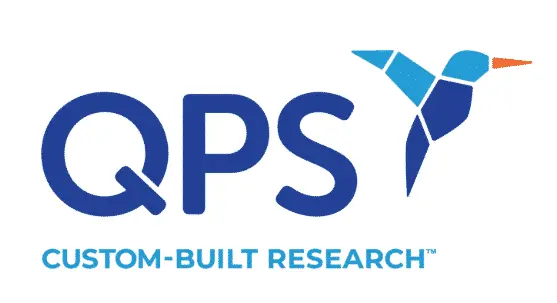When CRISPR was discovered in 1987, it transformed biotech by offering a way to target genetic diseases thought to be untreatable. Although it has versatile applications, it also has limits. It is valuable for breaking and editing disease-causing genes but falls short as a solution for adding whole genes or large DNA segments. With the discovery of an RNA molecule known as bridge RNA, found in bacteria, researchers may gain a game-changing new way to perform gene editing that could overcome some of CRISPR’s limitations.

Building a Bridge to Better Gene Editing
Bridge RNA, also known as seekRNA, was discovered by researchers led by Patrick Hsu at the Arc Institute in Palo Alto, California, in collaboration with researchers at the University of Tokyo. The technique, described in a set of papers published in Nature, would leverage the ability of “jumping genes” to insert themselves into a genome. Researchers could use the technology to cut and paste or flip DNA segments as needed. Unlike CRISPR, it can make edits without breaking both DNA strands, potentially reducing toxicity.
Bridge RNA is similar to CRISPR’s guide RNA (gRNA) but has a crucial difference. It recognizes two strands of DNA at once—the target for editing and the gene to be pasted in place. This bispecificity compares favorably to how gRNA works in CRISPR-cas9 systems, in which only the DNA segment to be cut can be specified. Gene insertion is accomplished using an additional step. Therefore, bridge RNA could have better accuracy than CRISPR-based therapies.
“Bridge editing [cuts and pastes DNA] in a single-step mechanism that recombines and re-ligates the DNA, leaving it fully intact,” Hsu explained. “This is very distinct from CRISPR editing, which creates exposed DNA breaks that require DNA repair and have been shown to create undesired DNA damage responses.” Compared to CRISPR, therefore, bridge editing “could potentially lead to more precise or safer types of genome edits,” he added.
Jumping Genes at Work
Researchers made the discovery while studying a bacterial transposable element, or jumping gene, called IS110. Researchers found that when IS110 “jumps” out of the genome, it forms a circular structure that acts as a transcriptional promoter, leading to the creation of bridge RNA. This RNA forms two loops, one binding to the IS110 element and the other to the target insertion site, creating a bridge between them.
The research team demonstrated the system’s potential by inserting, excising and inverting large DNA pieces in the Escherichia coli genome with a high level of precision. Although the technique has not yet been successful in mammalian cells, the system has undeniable potential.
“We’re excited about the many potential applications that lie ahead,” said Hsu. “There are also many functional genomics applications, including possibilities for diseases caused by repeat expansions or genetic translocations which could be addressed by precisely excising or inverting the problematic DNA segments, allowing scientists to target genetic abnormalities,” he added.
The Future of Gene Editing?
The researchers will continue to work to adapt the bridge editing technique to cells beyond bacteria. “If this works in other cells, it will be game-changing,” said Sandro Fernandes Ataide, a researcher at the University of Sydney and author of one of the three papers describing the research. “It’s opening a new field in gene editing.”
If bridge RNA can be successfully applied to human cells, it could surpass CRISPR in revolutionizing gene editing. Offering a potentially more accurate and flexible approach to making larger-scale changes, bridge RNA holds the promise of transforming gene therapies.
Did you enjoy this blog post? Check out our other blog posts as well as related topics on our Webinar page.
QPS is a GLP- and GCP-compliant contract research organization (CRO) delivering the highest grade of discovery, preclinical and clinical drug research development services. Since 1995, it has grown from a tiny bioanalysis shop to a full-service CRO with 1,100+ employees in the U.S., Europe and Asia. Today, QPS offers expanded pharmaceutical contract R&D services with special expertise in pharmacology, DMPK, toxicology, bioanalysis, translational medicine and clinical development. An award-winning leader focused on bioanalytics and clinical trials, QPS is known for proven quality standards, technical expertise, a flexible approach to research, client satisfaction and turnkey laboratories and facilities. Through continual enhancements in capacities and resources, QPS stands tall in its commitment to delivering superior quality, skilled performance and trusted service to its valued customers. For more information, visit www.qps.com or email info@qps.com.




